Accuracy and strict attention to detail are crucial to any account reconciliation process. This is important for ensuring the reliability of financial reporting in any organization and maintaining the integrity of the process and results. Account reconciliation is a critical financial process that ensures the accuracy and consistency of an organization’s financial records. By comparing internal financial statements with external sources, such as bank statements, businesses can identify discrepancies, correct errors, and maintain financial integrity. A three-way reconciliation is a specific accounting process used by law firms to check that the firm’s internal trust ledgers line up with individual client trust ledgers and trust bank statements. For lawyers, this process helps to ensure accuracy, consistency, transparency, and compliance.
Direct and Indirect Cash Flow
Plus, we’ll offer useful best practices for reconciliation in accounting for lawyers to help make the process easier, more effective, and more efficient. Incorporating these strategies into your reconciliation process not only simplifies the task but also enhances the accuracy and efficiency of your financial management. Integration with accounting software like NetSuite, QuickBooks, Xero, or Sage, especially when paired with Ramp, can be a significant step toward streamlining your financial operations.
And, for some types of accounts, like trust accounts, there may be specific frequency requirements that you must follow to stay compliant with your state bar. You compare the outstanding customer invoices in your records to the actual payments received, identifying any discrepancies. It is possible to have certain transactions that have been recorded as paid in the internal cash register but that do not appear as paid in the bank statement.
Such regular and timely reconciliations support financial integrity and informed decision-making. Once you have access to all the necessary records, you need to reconcile, or compare, the internal trust account’s ledger to individual client ledgers. Most account reconciliations are performed against the general ledger, considered the master source of financial records for businesses. Here, you reconcile general ledger accounts related to short-term investments with a maturity period of 90 days or less. This reconciliation makes sure that your financial records match the balances on brokerage or financial institution statements.
Methods
During reconciliation, you should compare the transactions recorded in an internal record-keeping account against an external monthly statement from sources such as banks and credit card companies. The balances between the two records must agree with each other, and any discrepancies should be explained in the account reconciliation statement. Some businesses create a bank reconciliation statement to document that they regularly reconcile accounts. This document summarizes banking and business activity, reconciling an entity’s bank account with its financial records. Bank reconciliation statements confirm that payments have been processed and cash collections have been deposited into a bank account. Most importantly, reconciling your bank statements helps you catch fraud before it’s too late.
Step 2: Reconcile internal trust accounts and client ledgers
- Reconciliation is also necessary before financial reporting, audits, and tax season preparation.
- This process involves reconciling credit card transactions, accounts payable, accounts receivable, payroll, fixed assets, and subscriptions to ensure that all are properly accounted for and balanced.
- Rectifying the bank errors bring the bank statement balance and the cash book balance into an agreement.
- Legal software for trust accounting can help you track transactions and reconcile records and bank statements.
Should there be any discrepancies that come up through the reconciliation process, you can then take action to resolve them. Account reconciliation is a vital process that helps businesses maintain their financial health by identifying errors, preventing fraud, and ensuring the validity and accuracy of all financial statements. Secondly, account reconciliation helps identify fraudulent activity committed by employees, dishonest customers, vendors, suppliers, or cyber-thieves. Duplicate checks, unauthorized credit card activity, or altered invoices are some common practices trade and nontrade receivables current or non current that can be identified through account reconciliation. For example, while performing an account reconciliation for a cash account, it may be noted that the general ledger balance is $249,000.
It helps identify discrepancies caused by outstanding checks, unrecorded deposits, bank fees, or other timing differences. Reconciling your bank statements simply means comparing your internal financial records against the records provided to you by your bank. This process is important because it ensures that you can identify any unusual transactions caused by fraud or accounting errors. As a business, the practice can also help you manage your cash flow and spot any inefficiencies. Reconciliation in accounting is the process of making sure all the numbers in your accounting system match up correctly. For example, when reconciling your bank statement with your company’s ledger, bank reconciliation means comparing every transaction to make sure they match.


